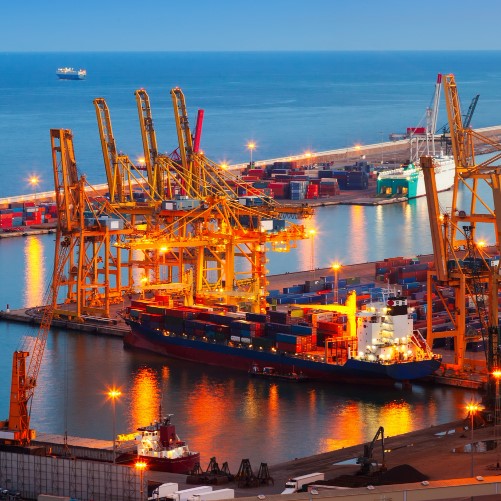Posted Thu, Apr 6, 2023 2:12 PM
Download Report (1066 downloads)
Overall investment inflows into Nigeria dipped by 20 percent in 2022
According to the National Bureau of Statistics (NBS), foreign investment inflows fell to US$5.3 billion in 2022 from US$6.7 billion in 2021 (see Figure 1). This represents the third consecutive annual decline in the overall investment inflows, reflecting the waning investors’ confidence in the Nigerian economy.
A decline in all components fuelled the drop in overall foreign investment inflows. The decline in foreign investment inflows in 2022 was driven by a fall in the nominal values of the three (3) components of capital importation: Foreign Portfolio Investment (FPI), Foreign Direct Investment (FDI) and "Other" investment. Nonetheless, the disaggregation of capital importation remains biased towards FPI, which accounted for 45 percent of total inflows in 2022, down from a 51 percent share recorded in 2021 (see Figures 2a and 2b). Also, the share of FDI fell to 9 percent in 2022 from 10 percent in 2021.
FPI inflows fell to a 6-year low of US$2.4 billion in 2022. Total FPI inflows in 2022 stood at US$2.4 billion, which is 29.4 percent below its level in 2021 (US$3.4 billion) (see Figure 3). A further breakdown of the FPI shows subdued uptake of equities and money market instruments among foreign investors. According to the Nigerian Stock Exchange, the participation of foreign investors in the equities market fell from 23 percent in 2021 to 16 percent in 2022[1]. The persistent decline in FPI reflects investors’ apprehension arising from the US dollar shortage, negative real returns on investment, and challenges in repatriating funds abroad.
FDI inflows dropped by one-third in 2022. Foreign Direct Investment (FDI) – a relatively stable source of investment flows – stood at US$468.1 million in 2022, which is 33 percent below its level in 2021 (US$698.8 million). This represents the third consecutive annual decline in FDI inflows (see Figure 4), primarily attributed to enduring challenges, including policy inconsistency, stringent foreign exchange controls, infrastructure deficit and logistic bottlenecks
Download the attached document to read more
